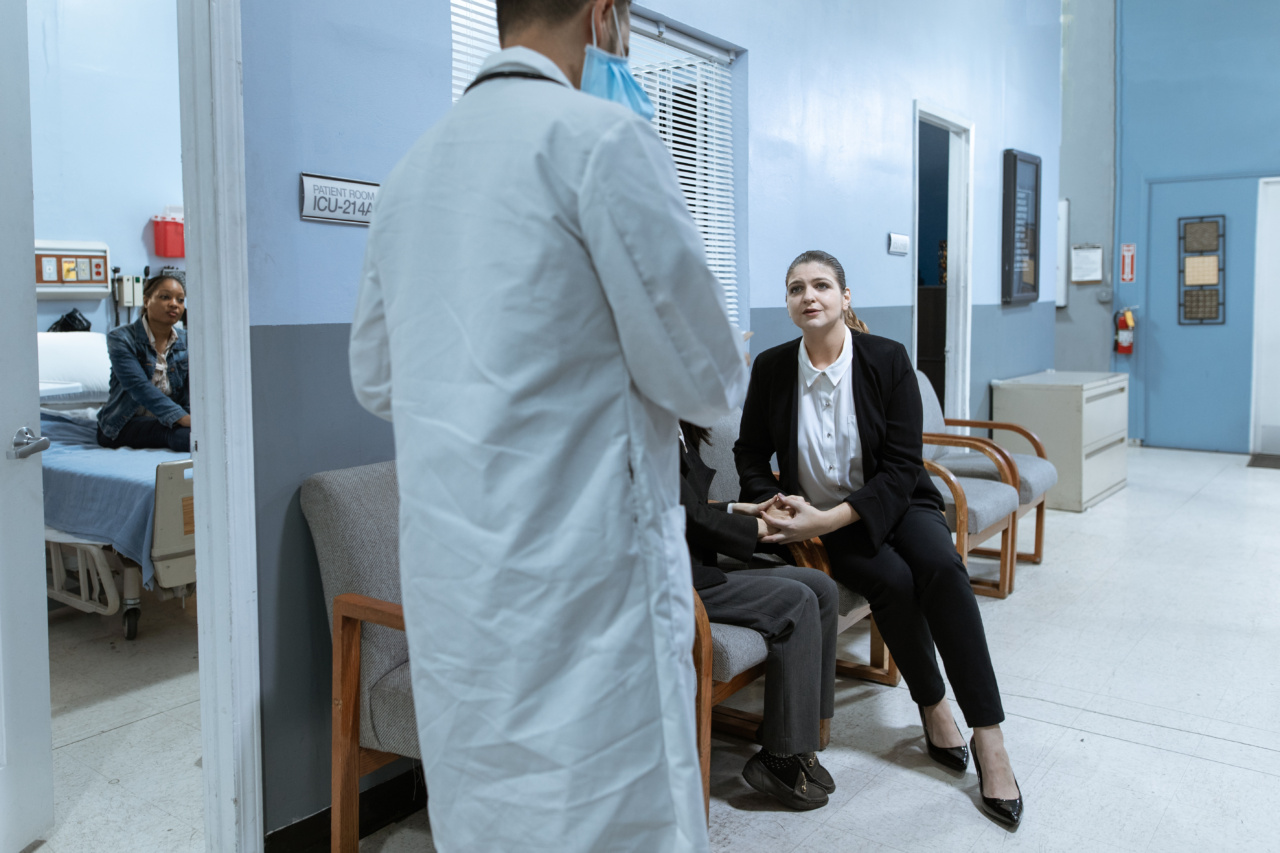Chronic Obstructive Pulmonary Disease (COPD) is a progressive lung disease that causes breathing difficulties and significantly impacts patients’ quality of life.
COPD is a leading cause of morbidity and mortality worldwide, and its management often involves frequent hospital admissions. However, with advancements in medical treatments, there has been a significant reduction in hospital admissions for COPD patients.
Understanding COPD
COPD is a term used to describe a group of lung conditions that include chronic bronchitis and emphysema. It is primarily caused by long-term exposure to lung irritants, such as cigarette smoke, air pollution, and workplace chemicals.
The disease is characterized by airflow limitation, inflammation, and damage to the air sacs in the lungs.
Symptoms of COPD
The symptoms of COPD include shortness of breath, persistent cough, wheezing, chest tightness, and frequent respiratory infections.
These symptoms typically worsen over time and can significantly impact a person’s ability to carry out daily activities.
Hospital Admissions for COPD
Traditionally, COPD patients have a higher risk of hospitalization due to exacerbations or acute respiratory events that require intensive treatment and monitoring.
These exacerbations can be triggered by various factors, including respiratory infections, exposure to irritants, and poor disease management.
Evolution of COPD Management
Over the years, there have been significant advancements in the management of COPD, which have contributed to reduced hospital admissions. These advancements include:.
1. Smoking Cessation Programs
Smoking is the most significant risk factor for developing COPD. Effective smoking cessation programs have helped patients quit smoking, reducing the progression of the disease and the need for hospitalization.
2. Inhaler Therapies
Inhalers are commonly used to deliver medications directly to the lungs, providing quick relief and long-term control of COPD symptoms.
The development of more effective and user-friendly inhalers has improved patient adherence to treatment plans, reducing exacerbations and hospitalizations.
3. Pulmonary Rehabilitation
Pulmonary rehabilitation programs aim to improve lung function and overall physical capacity through exercise training, education, and psychological support.
These programs have shown to reduce hospital admissions and enhance patients’ ability to manage their symptoms.
4. Disease Education and Self-Management
Better awareness and education about COPD have empowered patients to actively engage in self-management practices.
Knowledge about how to recognize and manage exacerbations, proper medication usage, and lifestyle modifications have contributed to decreased hospitalizations.
5. Telemedicine
Telemedicine, the use of remote communication technologies, has revolutionized healthcare delivery for COPD patients.
Remote monitoring of symptoms, virtual consultations, and quick access to healthcare professionals have aided in early intervention, preventing hospitalizations and improving patient outcomes.
6. Vaccinations
COPD patients are particularly vulnerable to respiratory infections. Regular vaccinations, such as the annual flu shot and pneumococcal vaccine, are recommended to prevent respiratory illnesses that can lead to exacerbations and hospitalizations.
7. Comprehensive Care Plans
COPD patients benefit from a holistic approach to care.
Multidisciplinary teams composed of pulmonologists, respiratory therapists, nurses, and other healthcare professionals collaborate to create personalized care plans that address patients’ specific needs. These comprehensive care plans help identify potential exacerbation triggers and provide timely interventions, reducing the need for hospital admissions.
8. Home Oxygen Therapy
COPD patients with severe breathing difficulties may require supplemental oxygen therapy.
The availability of portable oxygen concentrators and home oxygen systems has allowed patients to receive oxygen therapy in the comfort of their own homes, minimizing the need for hospital stays.
9. Advancements in Medications
The development of new medications, such as long-acting bronchodilators and anti-inflammatory drugs, has significantly improved the management of COPD.
These medications help reduce symptoms, decrease exacerbations, and ultimately lower hospitalization rates.
10. Early Detection and Diagnosis
Early detection and diagnosis of COPD can prevent disease progression and the need for hospital admissions.
Screening programs, increased awareness, and regular check-ups allow healthcare professionals to identify COPD in its early stages, enabling timely intervention and management.
Conclusion
The advancements in COPD management have led to a substantial reduction in hospital admissions for COPD patients.
Smoking cessation programs, inhaler therapies, pulmonary rehabilitation, disease education, telemedicine, vaccinations, comprehensive care plans, home oxygen therapy, advancements in medications, and early detection have all played a role in improving patient outcomes and reducing the burden on healthcare systems.





























